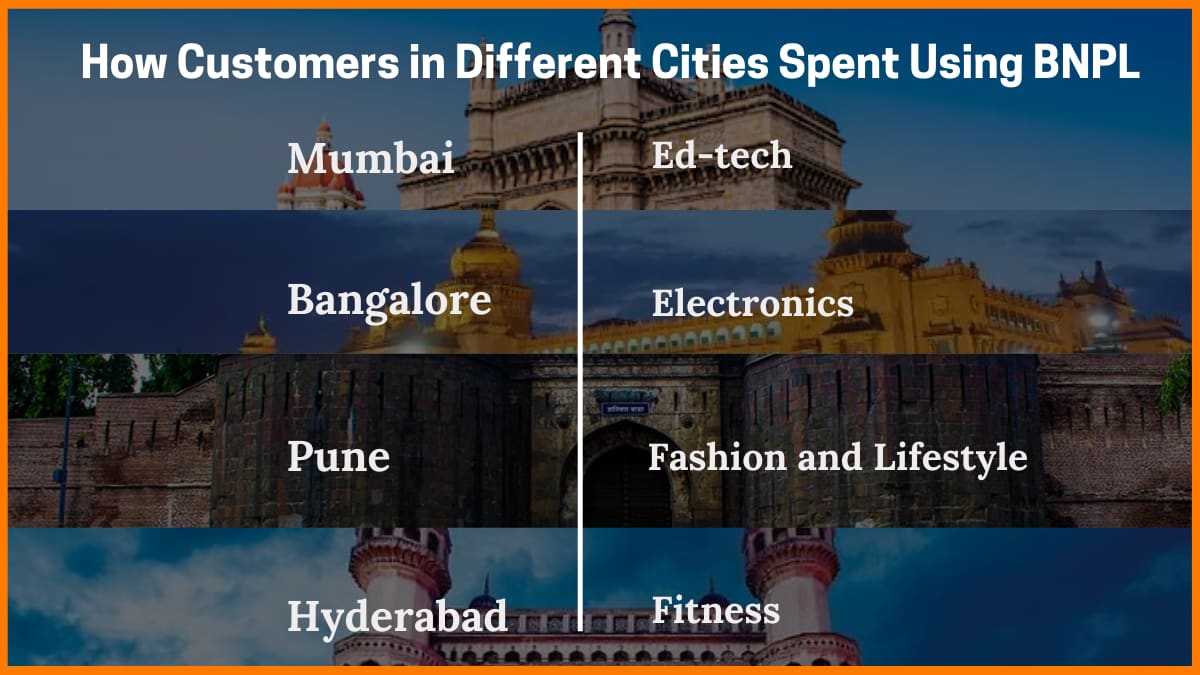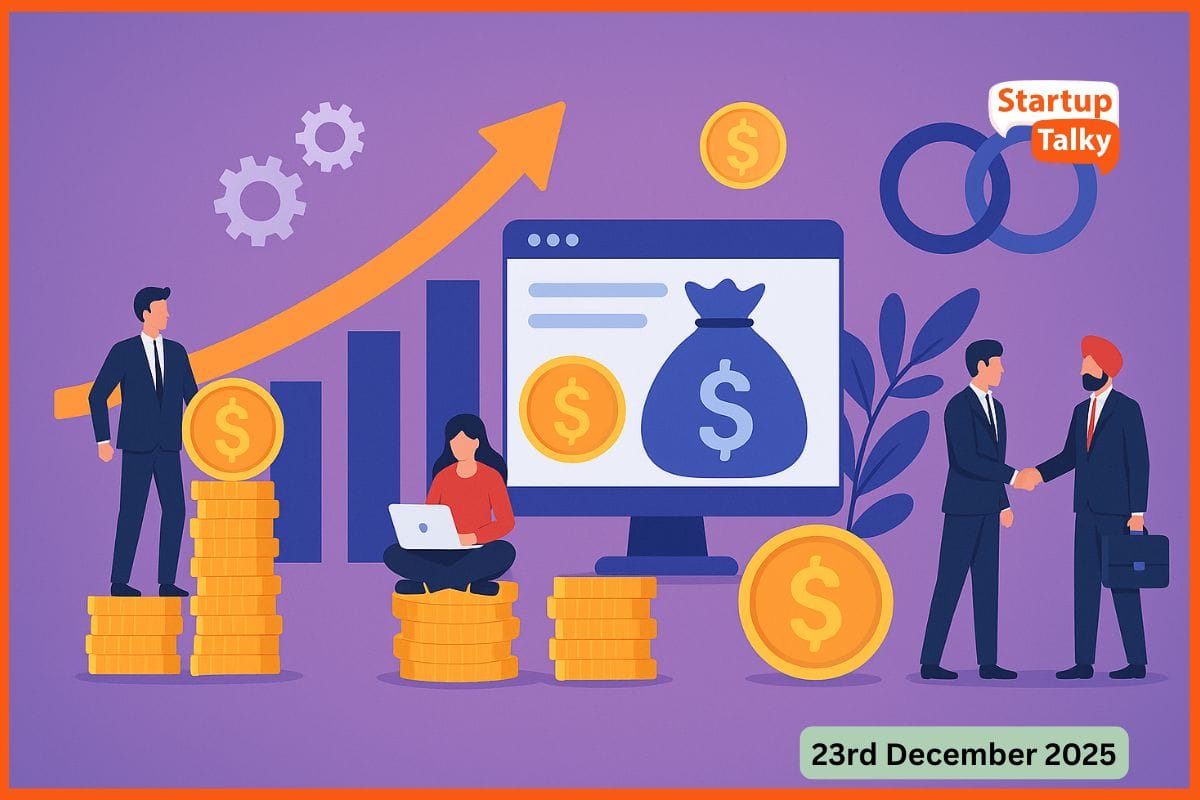How BNPL can be a disaster for GenZ and what RBI is doing for it? - A full case study
🔍Insights
Buy Now Pay Later – It’s convenient, accessible, and consumer-friendly. But, is there more to it?
India’s BNPL market is estimated at around $3 billion as we write this, but, it is about to explode if data science is to be believed. The predictions hint that it will be among the top 10 fastest growing market sizes in India, and in just 4 years, it would be at $45 billion!
For an industry that big, regulation has to be fail-proof.
Or so you would think!
Why Is RBI Examining the BNPL Model?
What Is BNPL?
What Is So Tricky About BNPL?
Problems With the BNPL Model
What is PPI?
Why Is RBI Examining the BNPL Model?
In a recent directive, the Reserve Bank of India (RBI) has made it clear it doesn’t trust these BNPL companies. RBI has decided to look deeper into their business models and how they extend credit lines via Prepaid Payment Instruments (PPI) to their customers, when there is a clear lack of…almost everything: Transparency, Administration, Licenses, and above all, A SYSTEM!
To be clear, RBI hasn’t come down cold on just BNPL, it is looking at non-bank fintech lenders and even smaller banks that use PPI to load their wallets or extend credit lines.
But, wait, let’s take the story right from the start. Too many questions, right!
What is BNPL? What is PPI? Why is the RBI up on its case? What does it look like for users?
What Is BNPL?
To begin with, the idea of buying now and paying later isn’t so new. You may be surprised to know it all began in the late 19th century when businesses around Europe started extending loans to industrialists. These loans were material-based. Industrialists had the option to buy goods and pay for them later. Of course, in this model, they had an interest rate.
In the early 21stcentury, fintech providers made “Buy Now Pay Later” a digital facility.
In the way BNPL goes around now, there is a no-interest period today. Buy Now Pay Later is a scheme where a consumer, such as yourself, can purchase an item without paying for it instantly.
Though you will be required to pay back, it gets easier for those who don’t have cash. Instead, you get to divide the cost of the goods in the form of an easy installment or zero-interest loan.
The payments can be made within 90 days, unlike conventional loans that go on for years. Now, if you settle the payment within the pre-decided time frame, you pay no interest. But, if you cross it, yeah, there is going to be a penalty on the overdue.
This is the basic working of the BNPL utility.
BNPL has made quite a mark. 60% of people making purchases online have used BNPL services. Major players in India include Jupiter, Ola Pay, Postpe, ZestMoney, LazyPay, and Simpl.
Their data show that most of their users are 18-25 years old. The millennial generation made up to 20% of the BNPL users. In 2021, ZestMoney published a report saying that their millennial users increased by 2x, and their GenZ customer base grew by 3x during the pandemic alone.
What Is So Tricky About BNPL?
Debt
Even though BNPL is marketed insidiously as a convenient paying option or a way of life, BNPL is still a debt. When you opt for BNPL, most financial institutions open a loan account in your name. This loan account is added to your credit history.
Credit score
Once a loan account in your name is opened, this small debt is added to your credit score. If you default on a single payment, it will go into your credit history. This could affect your credit score and loan-taking ability too.
Regular shopping via BNPL is a ticking bomb
The BNPL scheme was introduced to capture a market of 300 million households in India, which did not have the credit score to afford things.
Tier 1 and 2 cities saw more men spending on fashion and lifestyle while women used BNPL for upgrading their electronics and education. During festive seasons, BNPL services were used 10x more for purchasing smartphones, electronics and fashion.
Transactions through BNPL services increased by 200% during festive seasons on apps like Amazon, Myntra and Flipkart. Surprisingly people also paid for their travel costs through BNPL services.


Risks Related to BNPL
When almost everything is purchased with an option to pay later, we run into a liquidity freeze. We also run into more chances of late payments and bad credit scores.
High-interest rates
If you default in payment of this loan, apart from your credit score getting affected, you will be liable to pay interest of about 30% to 45% per annum.
Spend more
The Buy Now Pay Later scheme makes you purchase more items by spreading the installments out conveniently over months. Even though these installments are easy to pay, you still pay a higher extra cost. An alarming 59% of BNPL users admitted that they spent more by using the services.
Young users
Most of these BNPL companies have young users with no credit score. No one in the credit market will give them a loan; therefore, BNPL is the only way to purchase what they want.
What makes this worse is that most of these BNPL users do not have a job to pay off these loans. They are likely to default or go under major financial stress. This is reflected in the 5% default rate of payment for ZestMoney, a top BNPL market player in India.
Inflation
No one realises that a BNPL utility might as well have a floating interest rate with it. A fixed interest rate doesn’t change for the tenure, irrespective of RBI’s repo rate. However, floating rates do. An increase in inflation will increase the interest rates. This could impact the loan bearers negatively.
Lack of transparency
Most firms are opaque in their loose regulations to get more customers. For instance, take the interest rate: is it floating? Is it fixed? In fact, take the recent RBI directive. No BNPL issuing lender has officially declared the ongoing probations and how they plan on complying. It is estimated that these new rules will impact 8 million users in India, who are yet to hear a plan to course-correct this.

What is PPI?
Prepaid Payment Instruments are essentially cards, wallets, or any other avenue where you could store your money, and later use it for shopping, remittance, and even investments.
Now, the problem with using credit lines to load your PPI is that the customer doesn’t really have that money.
But, they can spend it! they can also default payments that he/she has to make to the credit provider. This creates a gap. Hence, the RBI directive.
So, is this a bubble waiting to burst?
Conclusion
Well, history would point out that BNPL has been a mess in the past as well.
A tragic example of the BNPL scheme was the 2002-2008 market crash in America. Many people were offered house loans at a 0% interest rate during these years. The policy-writing and interest regulations were dodgy, and the result was that borrowers defaulted and ended up without houses but with loans to retire.
The RBI tightening its fists against loose financers is a step in the right direction if it meets execution without much ado.
FAQs
Is BNPL available in India?
Yes, the BNPL model is available in India and has gained massive popularity since it was introduced in India. many consumers are purchasing smartphones, electronics and fashion products.
What are the risks of BNPL?
High-interest rates, lack of transparency, overspending, and huge debts are some of the risks related to BNPL.
Why is Buy Now Pay Later so popular?
Consumers prefer BNPL as they can buy their favourite products without worrying about paying the money upfront.
Must have tools for startups - Recommended by StartupTalky
- Convert Visitors into Leads- SeizeLead
- Website Builder SquareSpace
- Manage your business Smoothly Google Business Suite





